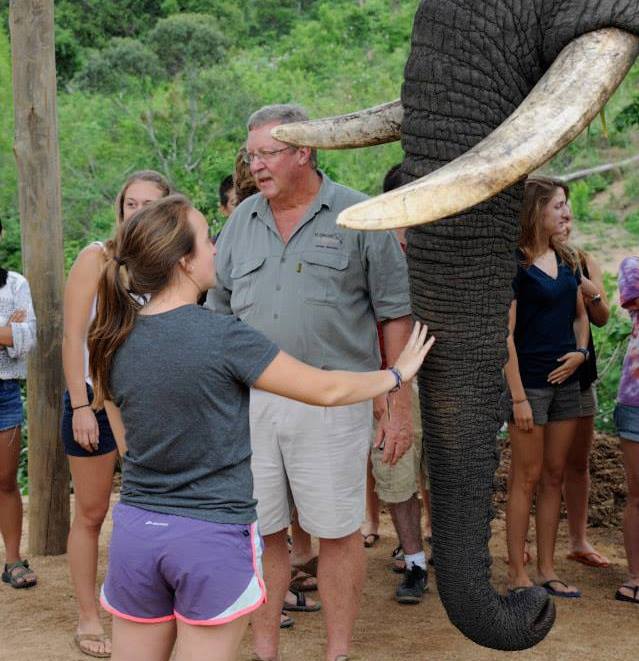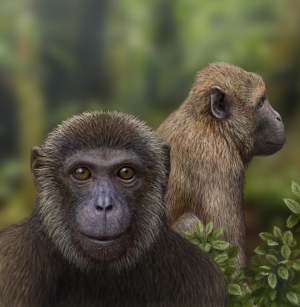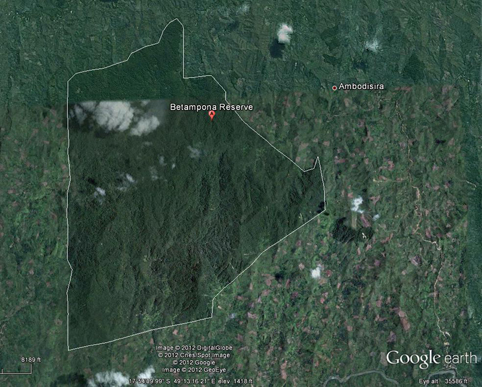By Karl Leif Bates
A treasure trove of chimpanzee audio recordings from the 1970s has been posted on an open access site for study by a team that includes Evolutionary Anthropology chair Anne Pusey, who also directs Duke’s Jane Goodall Institute Research Center.

An image from the Scientific Data paper shows the bulky, analog field gear used for making recordings in the 70s.
Announced this week in the open access journal Scientific Data, the collection includes more than 1,100 recordings made of 17 immature chimpanzees, totaling 10 hours. The recordings were made between 1971 and 1973 by the late Hetty van de Rijt-Plooij and Frans X. Plooij, Dutch researchers working at Goodall’s study site in Gombe National Park, Tanzania.
Though the Plooij collection was catalogued and annotated — notes which Frans then translated from Dutch to English with support from the National Evolutionary Synthesis Center in Durham — the massive collection has never been studied. Preparation of the metadata for the audio recordings was supported by the National Science Foundation (LTREB-1052693).
What the newly digitized recordings represent is the opportunity to study the development of vocalization over a chimpanzee’s lifetime, Pusey explained. Many of the individuals who were recorded as infants and adolescents subsequently turn up in recordings made by Peter Marler in 1967, Charlotte Uhlenbroek in 1991–1993, and Lisa O’Bryan in 2009–2010.
The authors say, “comparing their adult recordings with their infant/juvenile recordings might be an especially effective way of studying vocal development.”
They’re also just kind of fun to listen to. (Browse the entire catalog here.)
This work is the latest in a trend of Duke becoming one of the world’s great centers of longitudinal primate studies. Pusey’s work on this audio collection joins the more than 50 years of observational notes and data from Gombe now housed at Duke; Susan Alberts has led the assembly of life history data from nine different primate field studies into a single database. And nearly 50 years of captive lemur data from the Duke Lemur Center was digitized and just posted a few weeks ago. (Pro version on Scientific Data.)


















